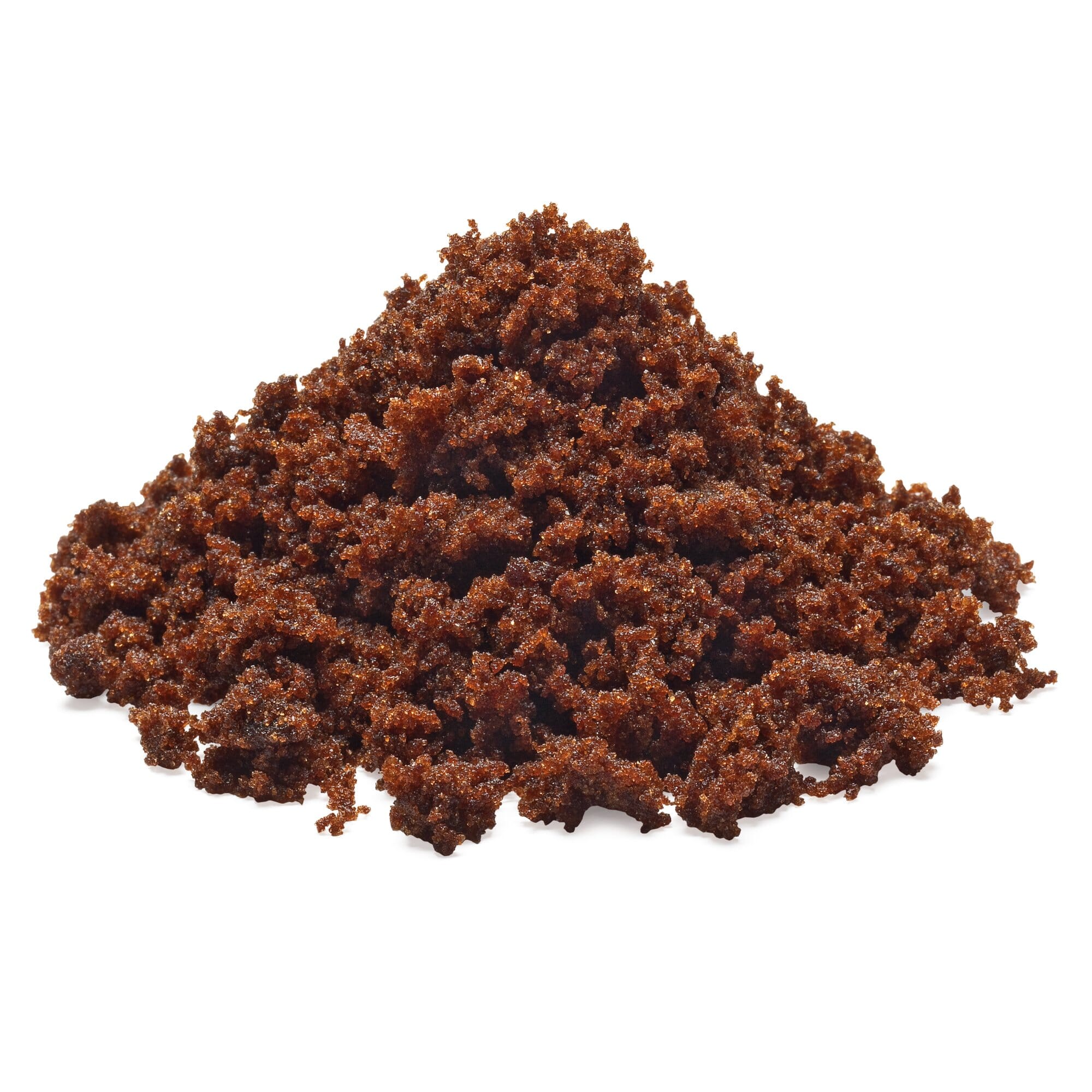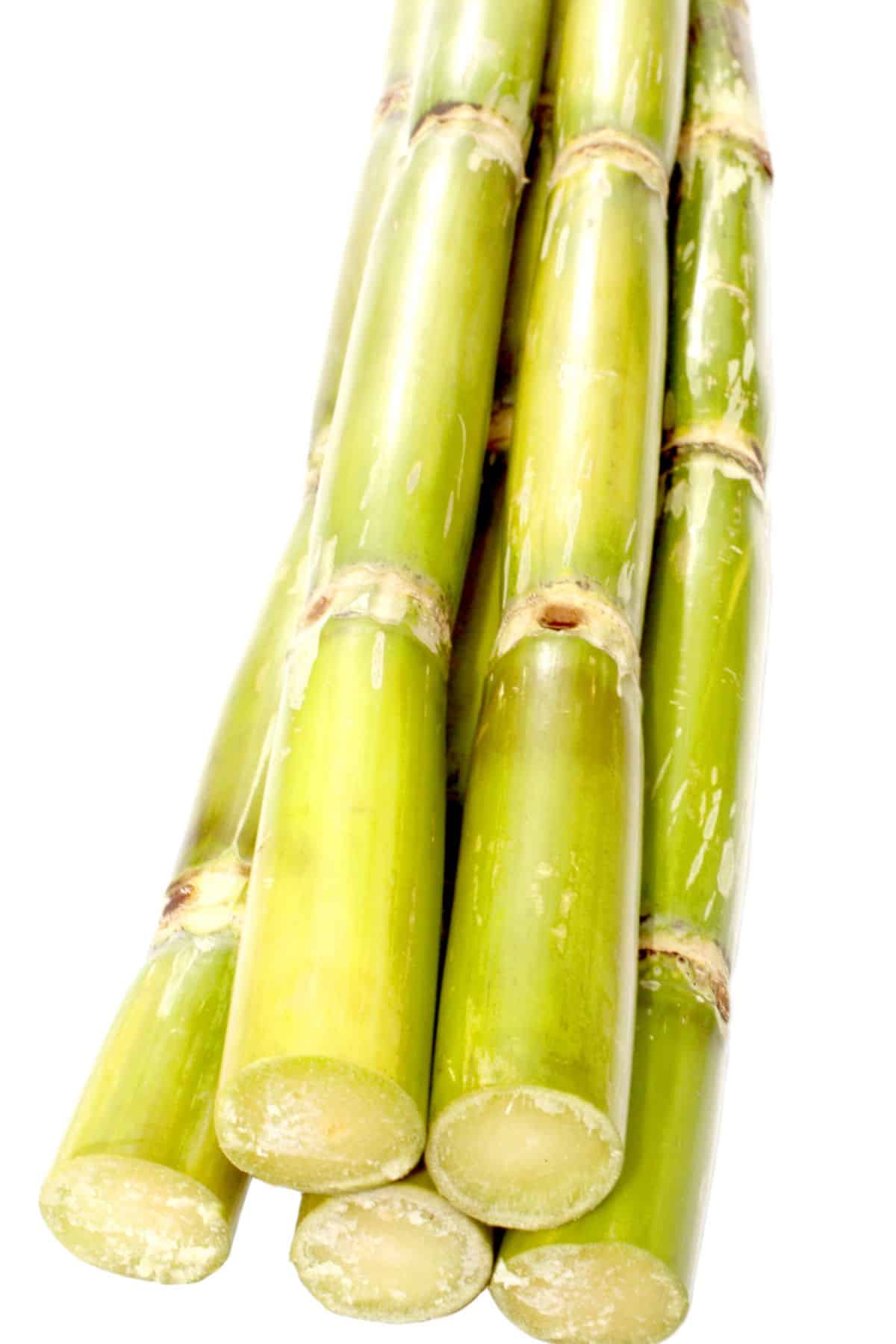Cane Sugar Processing Explained: What Occurs Inside a Sugar Mill
Cane Sugar Processing Explained: What Occurs Inside a Sugar Mill
Blog Article
Exploring the Comprehensive Steps Associated With Walking Stick Sugar Processing From Harvesting to Refinement
The process of walking stick sugar manufacturing includes a series of detailed actions, starting with the careful harvesting of sugarcane and culminating in the refinement stages that guarantee the end product meets market criteria. Each stage, from the removal of juice to the filtration and crystallization procedures, plays a critical role in establishing the top quality and character of the sugar. Recognizing these phases not just highlights the complexity of sugar manufacturing but also raises vital questions regarding effectiveness, sustainability, and advancement in the market. What implications do these elements have for future methods?
Collecting Sugarcane
Collecting sugarcane is a critical action in the walking cane sugar handling chain, as it directly influences the top quality and yield of the end product. Proper timing and techniques are crucial during this stage to ensure ideal sugar content and minimize losses. Usually, sugarcane is collected when it reaches maturation, normally 12 to 18 months after growing, identified by a high sucrose focus.

Post-harvest, the sugarcane has to be refined promptly to stop sucrose degradation. Preferably, harvested walking cane needs to be delivered to refining facilities within 24 hr to maintain sugar quality. As a result, efficient logistical preparation is critical to preserve the integrity of the gathered plant throughout the supply chain.
Removal Process

The smashed walking stick undergoes a series of pressing procedures to take full advantage of juice recuperation. Typically, warm water is sprayed onto the crushed walking cane, creating a countercurrent flow that helps dissolve the sugar while likewise assisting in the removal process. The juice gathered from this operation includes not just sugar but likewise various organic compounds and contaminations.

To enhance removal performance, some centers may employ diffusion approaches, where the sugarcane is saturated in warm water, allowing the soluble sugars to diffuse right into the fluid. The resulting juice, rich in sucrose, is after that guided to subsequent processing stages, laying the foundation for filtration and improvement. The extraction procedure is hence critical in establishing the high quality and yield of the last sugar product.
Filtration Strategies
The filtration strategies used in walking cane sugar handling are vital for changing the raw juice into a premium sugar item. These techniques mostly aim to remove pollutants, such as dirt, plant products, and not natural substances, which can adversely affect the end product's flavor and color.
This process includes including lime and heat to the raw juice, which promotes the coagulation of impurities. In addition, the usage of phosphoric acid can enhance the clarification process by more binding impurities.
An additional substantial strategy is carbonatation, where co2 is introduced to the cleared up juice. This reaction generates calcium carbonate, which records staying impurities and advertises their elimination.
Furthermore, triggered carbon therapy may be used to adsorb any continuing to be colorants and natural impurities, guaranteeing a more polished product. The mix of these methods efficiently prepares the sugar juice for subsequent action in the refining process, establishing Full Report the stage for the manufacturing of top notch walking cane sugar.
Condensation Approaches
After the filtration stage, the following important action in cane sugar processing includes crystallization approaches, which play a critical function in transforming the clarified juice into strong sugar. This process commonly employs two primary techniques: spontaneous formation and controlled condensation.
In spontaneous condensation, supersaturated sugar solutions are allowed to cool down naturally, bring about the development of sugar crystals in time. This technique is easier yet may result in unequal crystal sizes and lower pureness levels. On the other hand, managed formation is a more accurate technique where temperature, seeding, and concentration agents are meticulously taken care of. This approach enables the uniform growth of sugar crystals and greater pureness.
Throughout crystallization, the cleared up juice is concentrated through evaporation, raising its sugar content till it reaches supersaturation. As soon as this factor is attained, either technique can promote the formation procedure. Cane Sugar Processing. The resultant sugar crystals are after that separated from the continuing to be syrup through centrifugation
Inevitably, the option of formation technique impacts the high quality, dimension, and pureness of the final sugar product, making this step essential in the overall walking cane sugar processing treatment.
Refinement and Packaging
How can the pureness and top quality of cane sugar be further improved after crystallization? The improvement procedure plays a critical function in accomplishing high-quality walking cane sugar. Complying with condensation, sugar undertakes a comprehensive cleaning to remove impurities and recurring molasses. This is normally accomplished making use of cozy water or vapor, which helps dissolve and draw out undesirable elements while protecting the sugar crystals.
Following, the sugar is subjected to a procedure called centrifugation, where it is spun article at high speeds to separate the purified sugar crystals from the remaining fluid. After centrifugation, the sugar is typically additional refined via a technique called carbonization or phosphatation, which makes use of turned on carbon or phosphoric acid to get rid of color and off-flavors.
As soon as improved, the sugar is dried out to accomplish the wanted wetness material, making sure that it stays secure during storage and transportation. The last step entails product packaging the polished sugar in closed and moisture-proof containers to maintain its high quality and avoid contamination. Cane Sugar Processing. Appropriate packaging not just expands service life yet likewise helps with very easy handling and distribution, guaranteeing that consumers obtain sugar that meets the highest criteria of purity and quality
Conclusion
The comprehensive steps entailed in walking cane sugar processing, from the thorough harvesting of sugarcane to the elaborate refinement and packaging phases, highlight the importance of each stage in ensuring premium sugar production. Optimum harvesting strategies, reliable removal methods, and extensive filtration procedures jointly add to the final product's pureness and security. The formation and anchor subsequent product packaging techniques even more enhance the stability and life span of the sugar, highlighting the complexity and accuracy intrinsic in this necessary farming industry.
The process of walking stick sugar manufacturing includes a collection of complex actions, beginning with the careful harvesting of sugarcane and culminating in the refinement stages that make sure the final item meets sector criteria. Ideally, collected walking stick ought to be transferred to refining centers within 24 hours to protect sugar top quality.In spontaneous formation, supersaturated sugar options are allowed to cool down normally, leading to the development of sugar crystals over time - Cane Sugar Processing. The refinement process plays a vital function in accomplishing premium walking cane sugar.The thorough actions included in walking stick sugar processing, from the thorough harvesting of sugarcane to the elaborate refinement and product packaging stages, underscore the relevance of each stage in making sure high-grade sugar manufacturing
Report this page